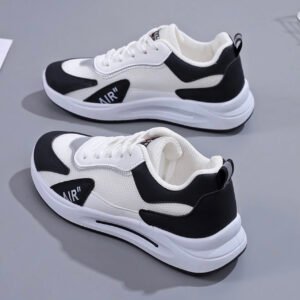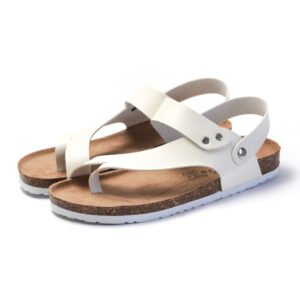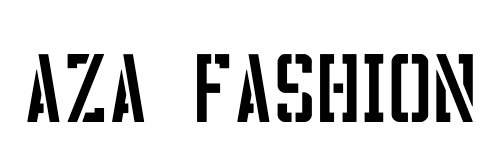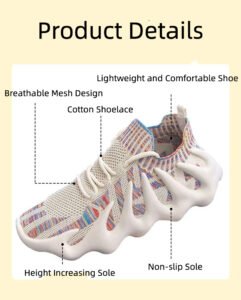Men shoes are more than a fashion statement—they are a reflection of personality, profession, and purpose. The right footwear can boost comfort, confidence, and even productivity. Whether for the office, the gym, or a weekend out, men require different types of shoes for different uses.
In this article, we explore 10 essential types of men‘s shoes, their core features, and tips on how to choose the best one for your specific need. If you’re a brand, retailer, or footwear distributor, this guide will help you offer the perfect shoe selection to your customers.
- Oxford Shoes
Oxford shoes are the most classic formal footwear for men. Known for their closed-lacing system, they are a staple for business, weddings, and formal events.
Key Features:
-
- Sleek, polished leather finish
-
- Closed laces for a tighter fit
-
- Thin sole and low heel
Best For: Office wear, formal events, corporate meetings Keywords:Men dress shoes, formal men’s shoes
- Derby Shoes
Often confused with Oxfords, Derby shoes feature an open-lacing system, which offers more flexibility.
Key Features:
-
- Open laces for wider fit
-
- Slightly more casual than Oxfords
-
- Available in leather and suede
Best For: Smart casual offices, semi-formal events Keywords:Men leather shoes, casual dress shoes
- Brogue Shoes
Brogue shoes are detailed with perforations and patterns, adding visual interest to formal or business-casual outfits.
Key Features:
-
- Decorative holes (broguing)
-
- Usually in brown or tan leather
-
- Can be Oxfords or Derbies in structure
Best For: Business casual, creative professionals Keywords:Stylish men‘s shoes, business casual footwear
- Loafers
Loafers are slip-on shoes that blend comfort and style. They are extremely versatile and come in many materials.
Key Features:
-
- No laces
-
- Leather or suede finish
-
- Penny loafers and tassel loafers are popular variants
Best For: Travel, casual office settings, smart weekend looks Keywords:Men slip-on shoes, versatile men footwear
- Monk Strap Shoes
Monk strap shoes replace laces with one or two straps and buckles. They’re stylish yet formal.
Key Features:
-
- Single or double buckle design
-
- Sleek leather look
-
- Alternative to Oxfords
Best For: High-end fashion, weddings, formal events Keywords:Men formal shoes, buckle shoes for men
Men sneakers are a must-have for casual and athletic activities. They now come in both performance and fashion styles.
Key Features:
-
- Cushioned soles
-
- Breathable uppers
-
- Trendy or sporty design
Best For: Everyday wear, gym, casual outings Keywords:Men casual shoes, athletic shoes for men, men fashion sneakers
These shoes are engineered for performance and shock absorption. Great for exercise, and increasingly used for active jobs.
Key Features:
-
- Lightweight materials
-
- Rubber soles for traction
-
- Arch support and cushioning
Best For: Fitness, long shifts, outdoor activities Keywords:Men running shoes, supportive footwear for men

- Chelsea Boots
Chelsea boots are ankle-high with elastic side panels. They’re a stylish choice for both smart and casual outfits.
Key Features:
-
- No laces, easy slip-on
-
- Leather or suede material
-
- Sleek silhouette
Best For: Fall/Winter fashion, casual office, nightlife Keywords:Men boots, ankle boots for men, fashion men’s shoes
- Chukka Boots
Chukkas are simple, round-toe boots with 2–3 eyelets. They’re more casual than Chelsea boots.
Key Features:
-
- Leather or suede uppers
-
- Mid-ankle height
-
- Often unlined for comfort
Best For: Casual wear, weekend outfits, cool weather Keywords:Casual boots for men, chukka shoes
Men sandals are open-toe shoes perfect for warm climates and casual environments.
Key Features:
-
- Lightweight
-
- Open-air design
-
- Velcro or buckle straps
Best For: Summer, beach, at-home use Keywords:Men summer shoes, comfortable sandals for men


How to Choose the Right Men’s Shoes for Each Situation
Choosing the best shoes for your needs comes down to comfort, material, durability, and occasion. Below are key factors to consider:
1. Occasion
Match the shoe type to the event:
-
- Formal: Oxfords, Monk Straps
-
- Semi-formal: Brogues, Derby shoes
-
- Casual: Loafers, Sneakers
- Outdoor/Work: Running shoes, Chukkas
2. Comfort
Choose shoes with:
-
- Padded insoles
-
- Breathable lining
-
- Flexible soles
Tip: Test the arch support, especially for long-hour use.
3. Material
-
- Leather: Polished, professional look
-
- Suede: Trendy, great for casual or seasonal use
-
- Canvas/Mesh: Best for sneakers and running shoes
4. Durability
If the shoes will be worn daily or outdoors, choose durable soles and strong stitching. Rubber and EVA outsoles last longer.
Men’s Shoes and Their Role in Different Professions
Shoes are not only for fashion—they influence how professionals perform in their daily tasks.
Office Workers
Prefer Oxfords, Derbies, or Monk Straps for a professional look.
Retail Staff
Need comfortable sneakers or loafers for long hours of standing.
Fitness Instructors
Rely on running shoes or performance sneakers for support.
Business Travelers
Choose slip-on loafers or Chelsea boots for style and convenience at airports.
Creative Professionals
Often go for brogues or Chukka boots to express style with comfort.
Trends in Men’s Shoes (2025)
Staying up to date helps your brand or store meet market demand. Here are the key trends:
-
- Sustainable materials: Vegan leather, recycled fabrics
-
- Hybrid styles: Dress sneakers, sporty loafers
-
- Minimalist design: Clean lines, solid colors
-
- Orthopedic support: Fashion meets function for older consumers
How Footwear Brands Can Benefit
If you’re a footwear retailer or private label brand, offering diverse styles of men’s shoes can:
-
- Expand your target market
-
- Appeal to various professions
-
- Increase repeat customer rates
-
- Strengthen your brand image
Consider partnering with a factory that offers custom shoe manufacturing, fast turnaround, and materials sourcing.
Conclusion: One Step Closer to the Perfect Fit
From classic Oxford shoes to sporty sneakers and relaxed sandals, the world of men’s shoes is rich in variety. Each type serves a specific purpose and audience. Knowing how to match shoe type to function is key for both buyers and brands.
By understanding the needs of different customers and use cases, you can select or sell footwear that delivers both comfort and style.
Target Keywords
-
- Men’s shoes
-
- Types of men’s shoes
-
- Men formal shoes
-
- Casual shoes for men
-
- Comfortable shoes for men
-
- Best shoes for men 2025
-
- Men footwear styles

